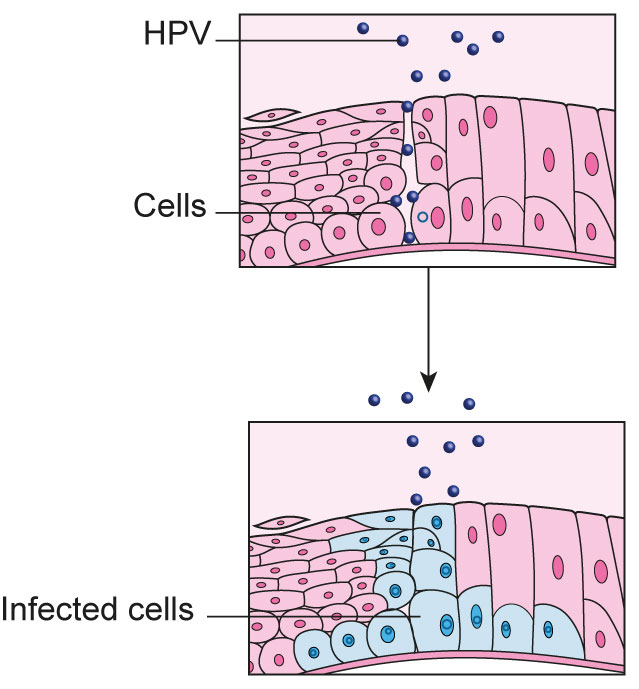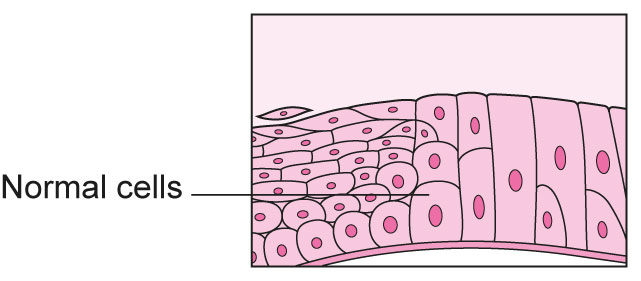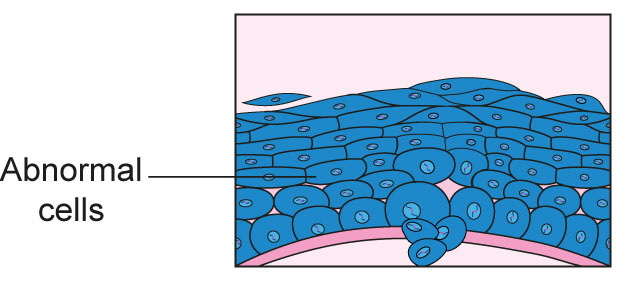How to Get Rid of High Risk Hpv
Most types of HPV do not cause cervical cancer. About 13 high-risk HPV types are linked to cancer, with high-risk types 16 and 18 causing most (over 70%) cervical cancers.
Overall, nearly all cases of cervical cancer (99.7%) are caused by high-risk HPV.
Will everyone with high-risk HPV get cervical cancer?
No! During our lives, 4 out of 5 (80%) of us will get some type of HPV. Usually, our immune system gets rid of it without treatment. Most of us will never know we had it. Around 90% of HPV infections clear within 2 years.
For a small number of women and people with a cervix, their immune system will not be able to get rid of HPV. This is called a persistent infection. A persistent HPV infection causes the cells of the cervix to change.
Read more about cell changes >
What happens if you get HPV?

You get high-risk HPV through skin-to-skin genital contact.
The high-risk HPV attacks basal cells of the cervix. Basal cells are like building blocks that make up your skin. These cells are always making new cells (replicating). If they are infected with HPV and change (become abnormal), any new cells will also be abnormal.
If your immune system gets rid of HPV (9 in 10 people)

Your immune system is strong enough to fight the HPV infection. The cells get rid of the HPV, usually within 2 years.
If your immune system can't get rid of HPV (1 in 10 people)

Your immune system is not strong enough to fight the HPV infection. If this happens, the epithelial cells can become infected with HPV. Epithelial cells cover the outer surfaces of the body or body parts, such the part of the cervix where a sample is taken during cervical screening (a smear test). As these cells divide, they create more abnormal cells. Over time, these may develop into cervical cancer if not monitored or treated.
Remember, going for cervical screening (smear tests) means cell changes are found early, so most cell changes will not develop into cervical cancer.
How do I reduce the risk of high-risk HPV developing into cancer?
Going for cervical screening when invited is the best way to find cell changes early, so they can be monitored or treated as needed.
Read more about cervical screening (smear tests) >
Why can't everyone get rid of HPV?
We don't know why some people can get rid of HPV, while others may develop cell changes and, possibly, cervical cancer. This is why going for cervical screening when you are invited is important, so it can find any changes to cells early.
More information and support
HPV is a really complicated thing, so you aren't alone if you feel confused or overwhelmed. Remember, we are here to support you and help with any questions. Call our Helpline on 0808 802 8000 or use our Ask the Expert service.
Show references
How we research and write our information >
- World Health Organisation, Human papillomavirus (HPV) and cervical cancer [Last accessed: April 2018]
- Plummer M et al., A 2-year prospective study of human papillomavirus persistence among women with a cytological diagnosis of atypical squamous cells of undetermined significance or low-grade squamous intraepithelial lesion, The Journal of Infectious Diseases, 2007.
- Rositch AF et al., Patterns of persistent genital human papillomavirus infection among women worldwide: a literature review and meta-analysis, International Journal of Cancer, 2013.
How to Get Rid of High Risk Hpv
Source: https://www.jostrust.org.uk/information/hpv/hpv-cervical-cancer